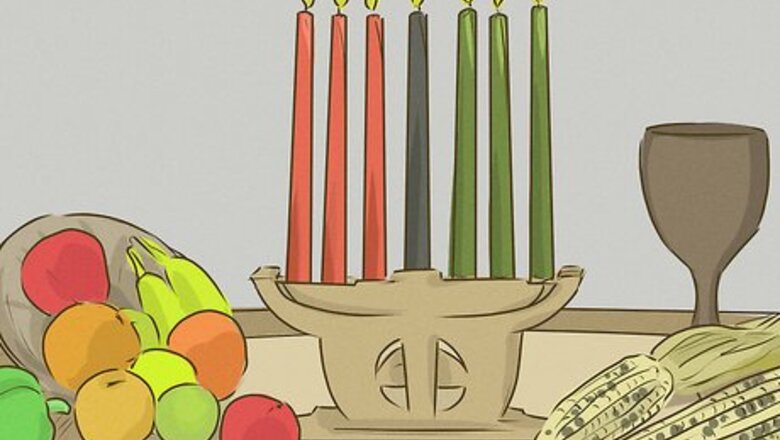
views
X
Research source
Decorate your home.
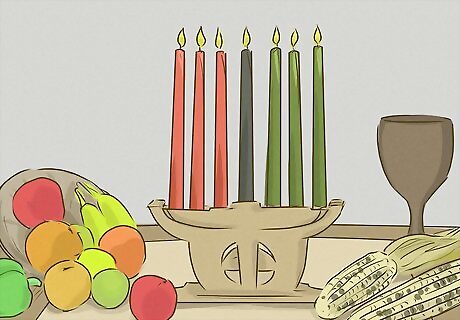
Fill your living space with symbols of Kwanzaa to set the scene. Put a green tablecloth over a centrally located table, and on top of that, place the Mkeka which is a straw or woven mat that symbolizes the historical foundation of African ancestry. Place the following on the Mkeka: Mazao — fruit or crops placed in a bowl, representing the community's productivity. Kinara — a seven-pronged candle-holder. Mishumaa Saba — the seven candles which represent the seven core principles of Kwanzaa. Three candles on the left are red, representing struggle; three on the right are green, representing hope; and one in the center is black, signifying the African American people or those who draw their heritage from Africa. Muhindi — ears of corn. Lay out one ear of corn for each child; if there are no children, place two ears to represent the children of the community. Zawadi — various gifts for the children. Kikombe cha Umoja — a cup to represent family and community unity.
Hang flags.
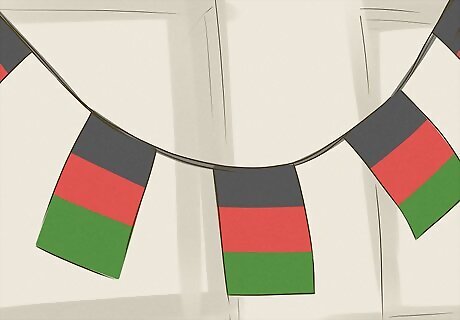
Opt for flags (Benderas) and posters based on the 7 principles. You can purchase or make these, and it's especially fun to make them with the kids. See How to make a flag for details on flag making. Click here for detailed instructions on how to color in the Bendera. If you or your children enjoy making flags, try making African national or tribal flags in addition to the Bendera.
Greet others the Kwanzaa way.
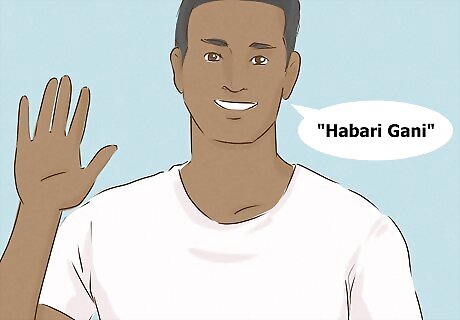
Starting on December 26, greet everyone by saying "Habari Gani." This is a standard Swahili greeting meaning "what is the news?" If someone greets you, respond with the principle (Nguzo Saba) for that day: December 26: "Umoja" — Unity December 27: "Kujichagulia" — Self-determination December 28: "Ujima" — Collective work and responsibility December 29: "Ujamaa" — Cooperative economics December 30: "Nia" — Purpose December 31: "Kuumba" — Creativity January 1: "Imani" — Faith. Non African-Americans are also welcome to participate in greetings. The traditional greeting for them is "Joyous Kwanzaa."
Light the Kinara daily.
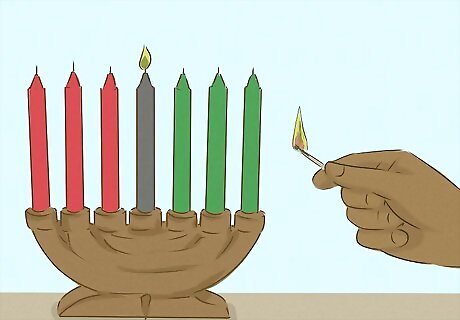
The Kinara depicts 7 candles that represent Kwanzaa’s principles. Since each candle represents a specific idea, they are lit one day at a time, in a certain order. The black candle is always lit first. Some people light the remaining candles from left to right (red to green) while other people alternate as follows: Black candle Far left red candle Far right green candle Second red candle Second green candle Last red candle Last green candle
Throw in some fun activities.
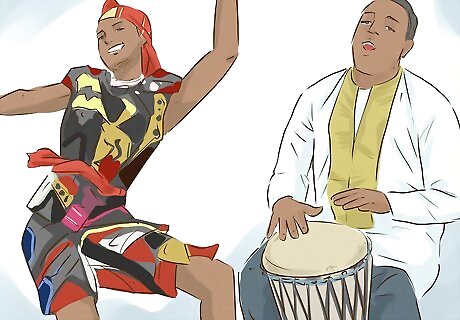
There are plenty of optional ways to enjoy the holiday. Pick and choose some or all of the following activities throughout the seven days of Kwanzaa, saving the feast for the sixth day. Kwanzaa ceremony may include: Drumming and musical selections. Readings of the African Pledge and the Principles of Blackness. Reflections on the Pan-African colors, discussions of African principles of the day, or recitations of chapters in African history. The candle-lighting ritual of the Kinara. Artistic performances.
Throw a big feast on the 6th day.
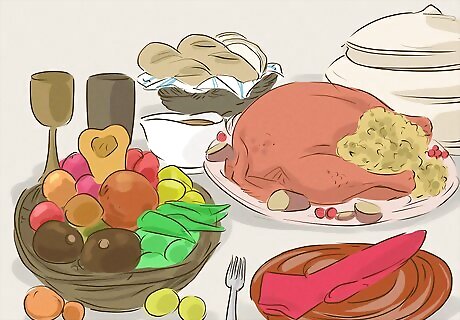
The Kwanzaa Karamu feast always takes place on New Year’s Eve. The Kwanzaa feast is a very special event that brings everyone closer to their African roots. It is traditionally held on December 31st and is a communal and cooperative effort. Decorate the place where the feast will be held in a red, green, and black scheme. A large Kwanzaa setting should dominate the room where the feast will be held. A large Mkeka should be placed in the center of the floor where the food is placed creatively and made accessible to all to serve themselves. Before and during the feast, an informative and entertaining program should be presented. Traditionally, the program should involve welcoming, remembering, reassessment, recommitment and rejoicing concluded by a farewell statement and a call for greater unity. During the feast, drinks are to be shared from a communal cup, the Kikombe cha Umoja, passed around to all celebrants.
Give gifts.
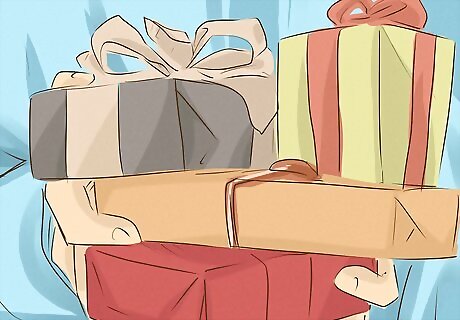
On January 1st, exchange presents for Kuumba. Kuumba, meaning creativity, is highly encouraged and brings a sense of self-satisfaction. The gifts are usually exchanged between the parents and children and are given out traditionally on January 1st, the last day of Kwanzaa. Since the giving of gifts has very much to do with Kuumba, the gifts should be of an educational or artistic nature.











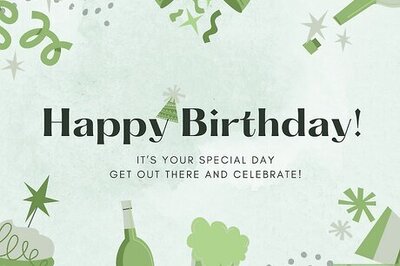


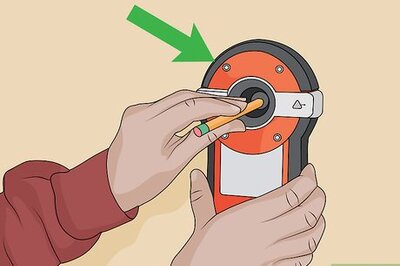




Comments
0 comment